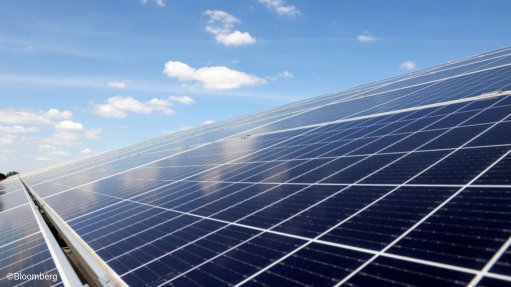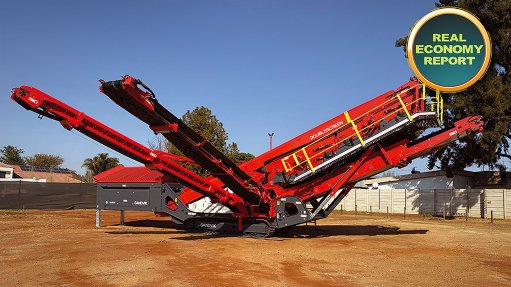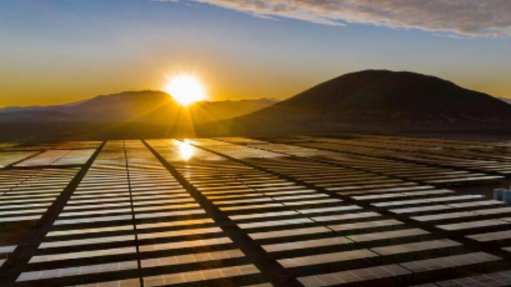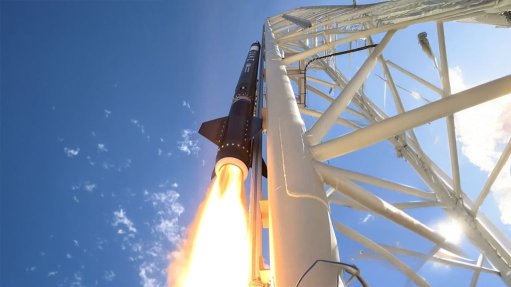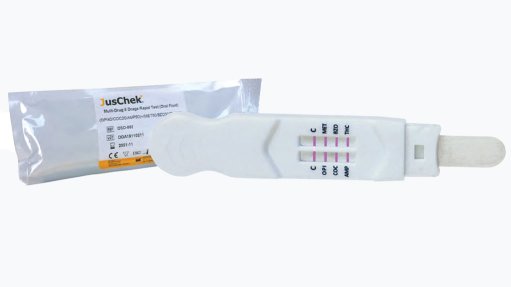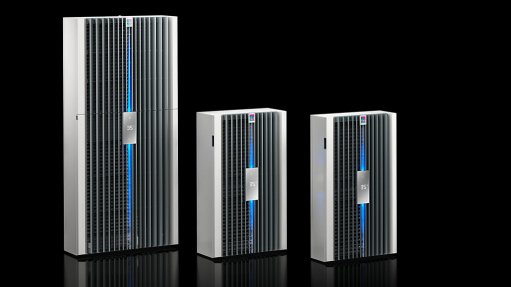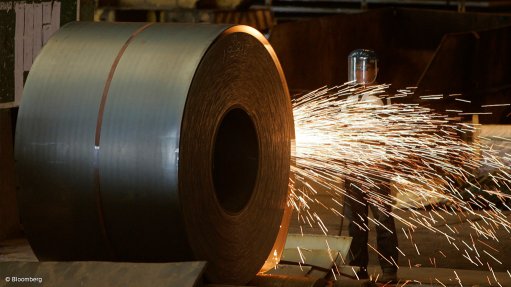Glencore mine spews more methane than it reports, study finds
Glencore’s Hail Creek coal mine in Australia emits between three and eight times more methane than it reports, according to a new study, calling into question the accuracy of conventional approaches for measuring the potent greenhouse gas.
The analysis, commissioned by the United Nations and published in ACS’s journal Environmental Science and Technology Letters, was based on data from aircraft that flew over the site in 2022 and 2023 equipped with atmospheric sensors as well as a spectrometer pilots used to observe invisible plumes of the gas spewing from the mine. It’s the most comprehensive research on coal mine methane emissions undertaken by the UN’s monitoring body.
“The discrepancy between operator-reported emissions and our two aircraft-based estimates underscores the need for a comprehensive review of the bottom-up reporting methods currently applied at Hail Creek,” the more than 20 authors of the report wrote.
Australia has established an expert panel on measuring fugitive methane emissions, which will examine methodologies such as the ones used in the study and advise the government on their potential use to improve the estimates, a spokesperson for the Department of Climate Change, Energy, the Environment and Water said.
Glencore, the world’s largest coal trader, cast doubt on the peer-reviewed study. The paper relied on “extremely limited aerial surveys conducted over a period representing less than 1% of the mine’s operating time within a two-year period,” the Switzerland-based company said in an email. “This limited data was then used to extrapolate an annual emissions inventory for the mine. The use of such a small data sample lacks credibility.”
The study also fails to assess upwind methane emissions and “simplistically attributes any methane anomalies in the vicinity of the mine to the mine,” Glencore said.
The implications of potentially under-reporting methane emissions from Australia’s coal mines are significant both for the nation’s own climate goals and because undocumented releases could reverberate through global energy supply chains. Australia exports more than half the world’s seaborne metallurgical coal used in steelmaking and the Bowen Basin in Queensland, where Hail Creek is, provides a major share of that.
“Any steel producer in the world is likely getting chunks of their metallurgical coal supply chain from Australia and potentially from the Bowen Basin,” said Chris Wright, a climate strategy adviser for energy think tank Ember. “If you don’t get emissions monitoring right you would be affecting importers’ ability to say what their emissions are.”
Hail Creek was first identified as a methane hotspot in 2021 by researchers in the Netherlands studying satellite observations. They estimated the mine’s releases exceeded its operator-reported Scope 1 emissions, which include methane and carbon dioxide, by more than 12 times, according to the UN-commissioned paper. Discrepancies between satellite and aircraft-based measurements may stem from multiple factors including the lower spatial resolution of the satellite, which could make it more difficult to distinguish plumes from other mining pits.
All available atmospheric data-based estimates indicate higher emissions rates than would be reported through Australia’s National Greenhouse and Energy Reporting Scheme or the nation’s Safeguard Mechanism, according to the study. Results from the aerial survey show “substantial alignment” with the gas content for Hail Creek’s coal seams, which are approximately four times higher than a Bowen Basin-wide government emissions factor, the authors said, citing data from the Queensland Petroleum Exploration Database.
Methane from coal mining accounted for about 5% of Australia’s emissions in 2020, according to its latest submitted report to the UN.
“If a country should get this right, it should be Australia,” said Peter Rayner, science lead for Open Methane, a platform for detecting and measuring the country’s emissions. “We’ve got the technological capability to do this properly.”
Comments
Announcements
What's On
Subscribe to improve your user experience...
Option 1 (equivalent of R125 a month):
Receive a weekly copy of Creamer Media's Engineering News & Mining Weekly magazine
(print copy for those in South Africa and e-magazine for those outside of South Africa)
Receive daily email newsletters
Access to full search results
Access archive of magazine back copies
Access to Projects in Progress
Access to ONE Research Report of your choice in PDF format
Option 2 (equivalent of R375 a month):
All benefits from Option 1
PLUS
Access to Creamer Media's Research Channel Africa for ALL Research Reports, in PDF format, on various industrial and mining sectors
including Electricity; Water; Energy Transition; Hydrogen; Roads, Rail and Ports; Coal; Gold; Platinum; Battery Metals; etc.
Already a subscriber?
Forgotten your password?
Receive weekly copy of Creamer Media's Engineering News & Mining Weekly magazine (print copy for those in South Africa and e-magazine for those outside of South Africa)
➕
Recieve daily email newsletters
➕
Access to full search results
➕
Access archive of magazine back copies
➕
Access to Projects in Progress
➕
Access to ONE Research Report of your choice in PDF format
RESEARCH CHANNEL AFRICA
R4500 (equivalent of R375 a month)
SUBSCRIBEAll benefits from Option 1
➕
Access to Creamer Media's Research Channel Africa for ALL Research Reports on various industrial and mining sectors, in PDF format, including on:
Electricity
➕
Water
➕
Energy Transition
➕
Hydrogen
➕
Roads, Rail and Ports
➕
Coal
➕
Gold
➕
Platinum
➕
Battery Metals
➕
etc.
Receive all benefits from Option 1 or Option 2 delivered to numerous people at your company
➕
Multiple User names and Passwords for simultaneous log-ins
➕
Intranet integration access to all in your organisation







